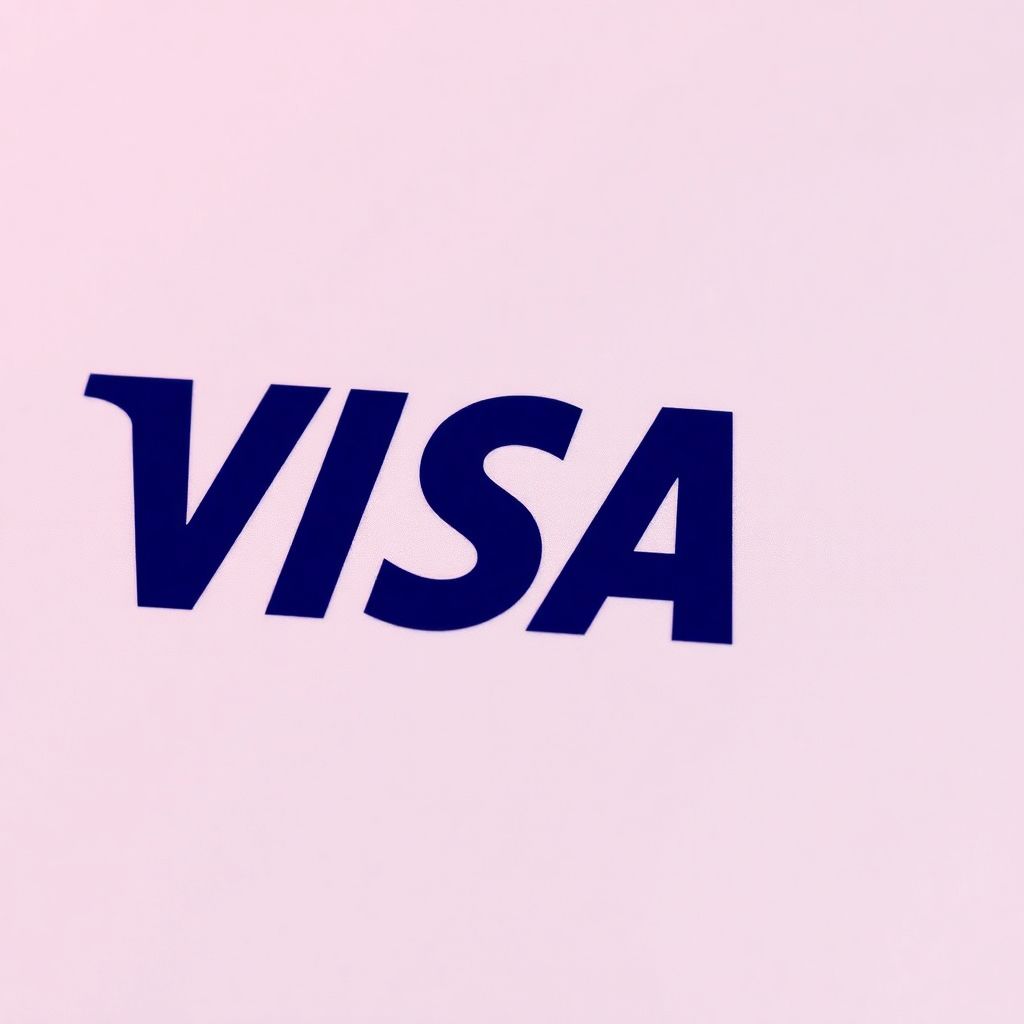Visa Expands Stablecoin Support Across Four Major Blockchains
Visa, one of the world’s largest payment processing companies, is significantly expanding its presence in the digital asset ecosystem. The company has announced plans to support four stablecoins across four separate blockchains, underscoring its commitment to integrating blockchain technology into mainstream financial services.
During Visa’s fourth-quarter and year-end earnings call, CEO Ryan McInerney revealed that the company will broaden its stablecoin infrastructure by enabling support for multiple digital currencies and blockchain networks. While specific names of the new stablecoins and networks were not disclosed, the move demonstrates Visa’s deepening investment into blockchain-based payment solutions.
Visa already supports several prominent stablecoins, including USDC by Circle, Euro Coin (EURC), PayPal USD (PYUSD), and Global Dollar (USDG). These are currently available on leading blockchain platforms such as Ethereum, Solana, Stellar, and Avalanche. The upcoming expansion is expected to complement this existing framework, offering even greater flexibility and reach for digital transactions.
McInerney emphasized the growing relevance of stablecoins in Visa’s financial ecosystem, noting a surge in transaction volumes. Since 2020, Visa has facilitated approximately $140 billion in crypto and stablecoin flows. In the company’s most recent quarter, consumer spending linked to stablecoin-enabled Visa cards grew fourfold compared to the same period in the previous year. The CEO also highlighted that monthly volume has now surpassed an annualized run rate of $2.5 billion.
As part of its strategy, Visa aims to empower traditional financial institutions to interact more efficiently with blockchain-based assets. One key initiative involves allowing banks to mint and burn stablecoins, effectively providing them with more control and flexibility over digital liquidity management. This capability is expected to streamline cross-border settlements and create faster, more cost-effective international payment channels.
Visa began laying the groundwork for this initiative in late September through a pilot program using Visa Direct. The pilot enabled banks and financial institutions to pre-fund cross-border payments using USDC and EURC. This marked an important step towards integrating blockchain-based assets in enterprise-level financial operations.
Looking ahead, McInerney stated that Visa will continue investing in its digital solutions layer — the infrastructure that supports new blockchain features and functionalities. This will not only enhance the user experience for clients and partners but also pave the way for broader institutional adoption of stablecoins across global markets.
The move aligns with a broader industry trend where stablecoins are emerging as a powerful force in the global financial system. According to recent data, stablecoin transactions have reached volumes of $46 trillion, highlighting their increasing role in cross-border commerce, remittances, and decentralized finance.
Visa’s strategy reflects a long-term vision of integrating digital currencies into the global financial mainstream. By offering infrastructure for minting and burning stablecoins, Visa isn’t just facilitating payments — it’s building a bridge between traditional finance and the rapidly evolving world of digital assets.
Moreover, the expansion of stablecoin capabilities could have far-reaching implications for underbanked regions. By lowering the cost of entry for cross-border payments and reducing settlement times, Visa’s initiative may empower individuals and businesses in developing economies to access global financial services more easily.
Another critical aspect of Visa’s approach is its focus on compliance and regulatory alignment. As stablecoins continue to attract the attention of regulators worldwide, Visa’s involvement could help set industry standards for transparency, security, and interoperability. This, in turn, may encourage more institutional investors and financial institutions to explore digital currency solutions with greater confidence.
From a competitive perspective, Visa’s aggressive push into stablecoins puts it ahead of several other traditional payment networks. With Mastercard and other rivals also exploring blockchain integrations, Visa’s early and extensive adoption of stablecoin infrastructure could serve as a major differentiator in the coming years.
In addition, Visa’s partnerships with stablecoin issuers and blockchain platforms may stimulate innovation in new financial products. From programmable payments and automated treasury operations to tokenized asset settlements, the convergence of stablecoins and enterprise-grade payment infrastructure opens the door to a wide range of applications.
In summary, Visa’s expansion into supporting four stablecoins across four blockchains is not just a technical upgrade—it’s a strategic move that positions the company at the forefront of the digital financial revolution. As stablecoins become more deeply embedded in global economic activity, Visa’s infrastructure, reach, and regulatory relationships could make it a key enabler of the next generation of digital payments.

